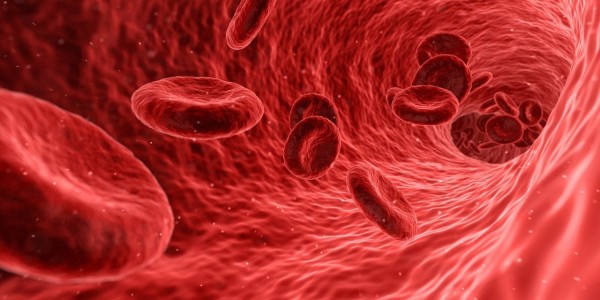Arteriosclerosis: What Is It and How Do I Avoid It?

The importance of blood is taught in school. Its role in giving out nutrients to the body's cells is unknown and is not a secret. In their journey towards the different parts of the body, oxygen-rich blood travels through the arteries. This only means that arteries are also important because, without them, you won't live. According to WebMD, arteries are blood vessels that carry blood from the heart to different parts of the body. They added that each artery is a muscular tube lined by three smooth tissues.
Because they transfer oxygen-rich blood, their role on the body is vital, making them vulnerable to certain diseases when not treated, causing an individual's life. We will focus on a condition where the arteries are the most affected and affect a certain part of our body, called arteriosclerosis.
ALSO READ: Some Foods, Drinks May Contribute to Reduction of Blood Pressure, A New Study Shows
What is Arteriosclerosis?
While you might always hear and learn about atherosclerosis, arteriosclerosis is a bit similar to the disease. According to Very Well Health, the process of both diseases are generally the same, because technically speaking, atherosclerosis is a subtype of arteriosclerosis. Mayo Clinic added that arteriosclerosis occurs when the blood vessels that carry oxygen and nutrients from the heart to the rest of the body become stiff and thick, sometimes restricting blood flow to the organs and other tissues.
Baptist Health added that the arteries' hardening weakens them as they continue to do their process - can develop on several organs - commonly affects the heart. Very well health added that the arteries' arteries' arteries' arteries' plaque build-ups are composed of cholesterols and other fatty substances that harden and make the blood narrower pathways that can cause a blockage. They added that complete blockages occur when a piece of the plaque comes off and lodges into a narrow artery. Very Well Health also emphasized that while a complete blockage on the arteries located on the legs and the arms will result in agonizing pain, a blockage on the heart and brain can be deadly when no medication is administered.
According to Mayo Clinic, these diseases are high blood pressure, high cholesterol, high triglycerides (a type of lipid present in the blood), smoking, insulin resistance, obesity, diabetes, and inflammation diseases.
READ ALSO: At-Home Blood Pressure Monitor: 5 Things to Consider When Choosing a Reliable One
Symptoms and treatment
Very Well, Health mentioned that an individual might have arteriosclerosis for a long time without symptoms or manifestations. They added that warning signs of a blocked artery are usually felt when the artery is being narrowed. They also mentioned that symptoms of arteriosclerosis could vary depending on the artery that is blocked. Very Well Health mentioned that if the blocked artery is located in the heart, angina can be felt worsening during activity and subsides with rest accompanied by shortness of breath. If the block's artery is in the brain, then face drooping may occur alongside with inability to move arms and legs. When the arteries in the kidney are blocked, kidney failure may occur because kidneys are susceptible to blood flow changes. The coldness of the lower foot and being har less in the legs can be symptoms of blockage of the leg's arteries. To avoid all these aggravating conditions, Mayo Clinic suggests changing the lifestyle like eating healthy foods, having regular exercise, and maintaining a healthy weight.
READ NEXT: Three of the Simplest Yet Effective Exercises to Help Manage Diabetes and Lower Glucose Levels
Check out more news and information on Arteriosclerosis on MD News Daily.
Dec 01, 2020 11:30 AM EST





